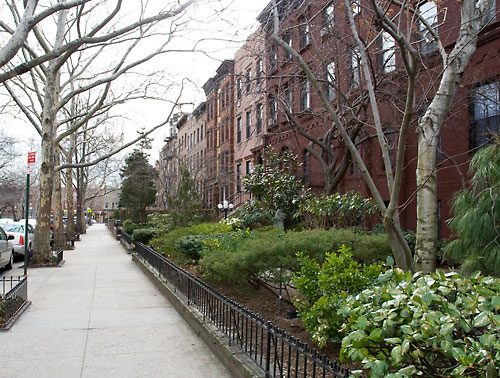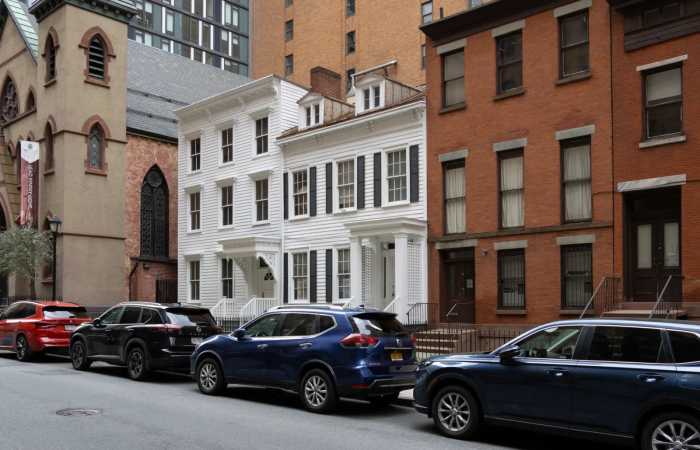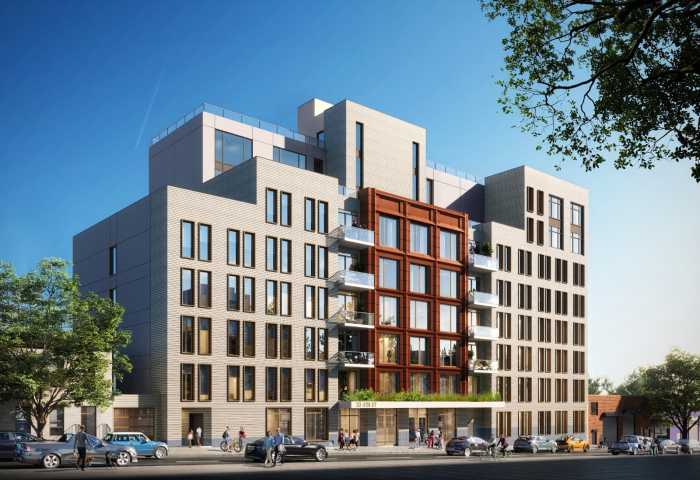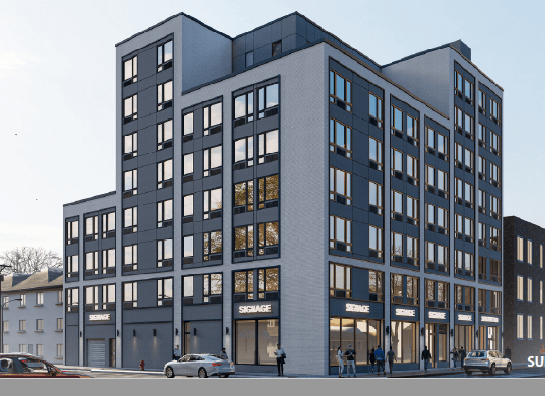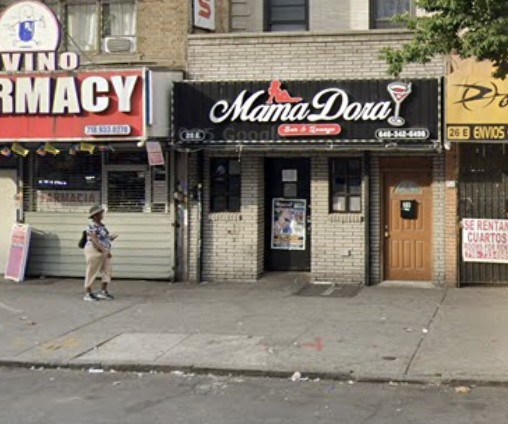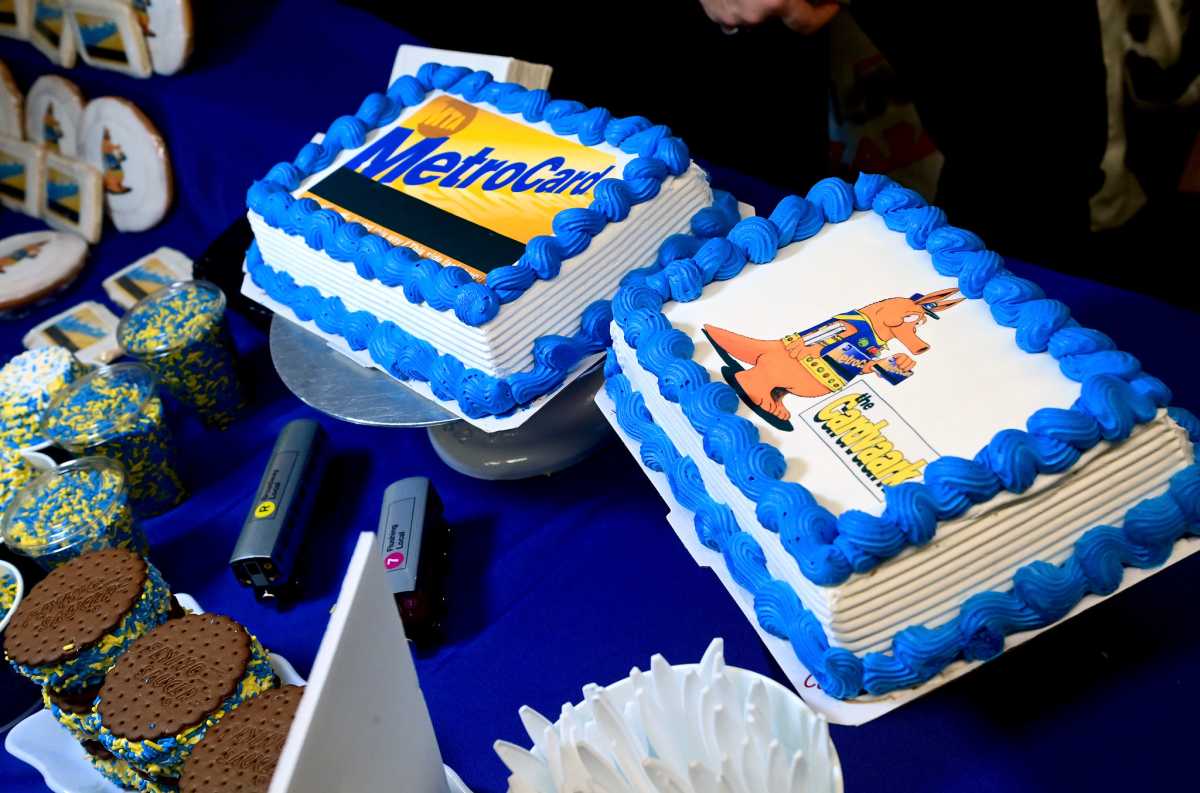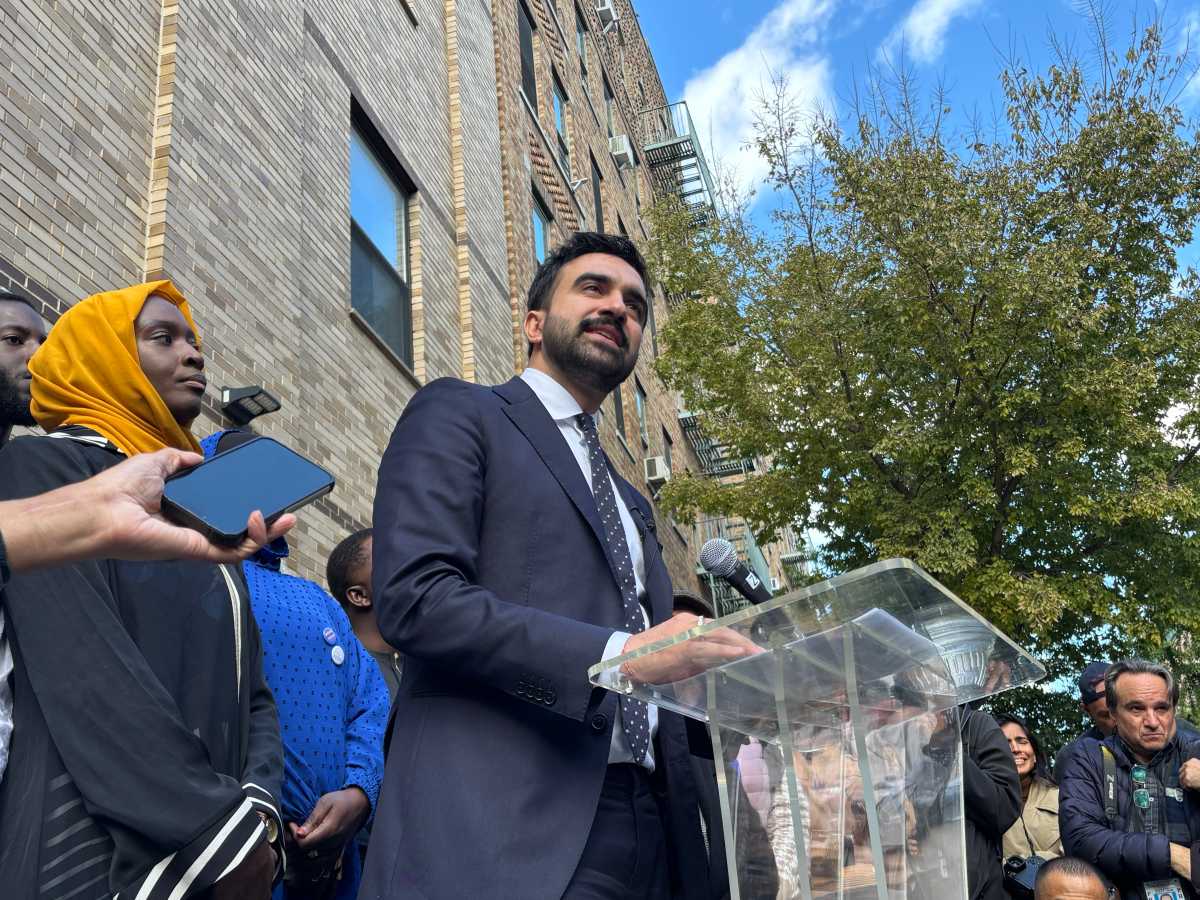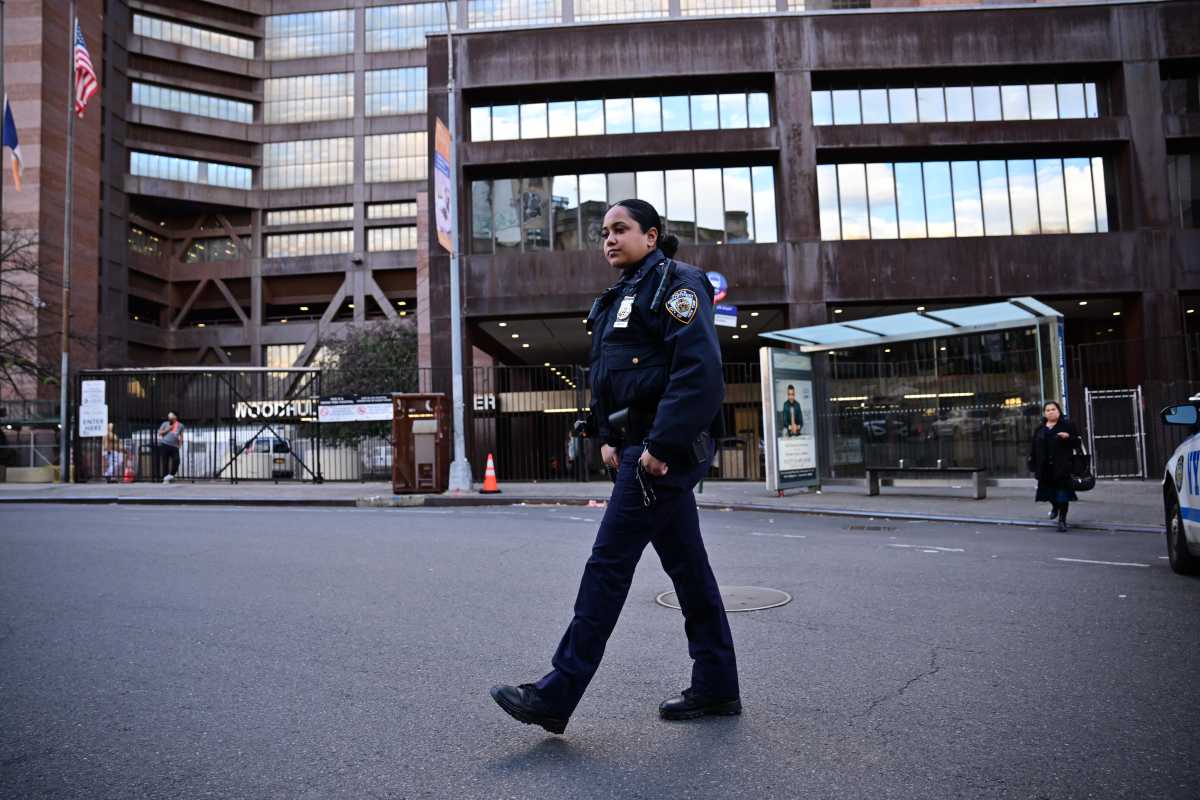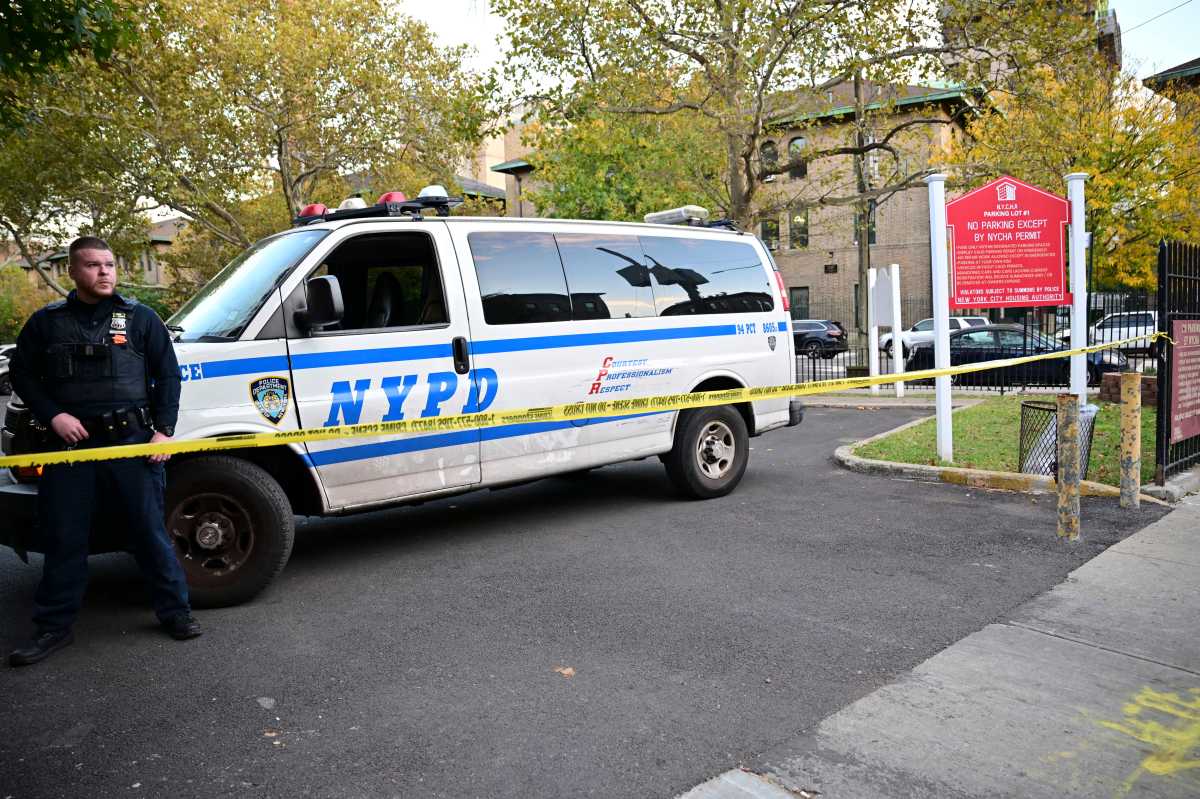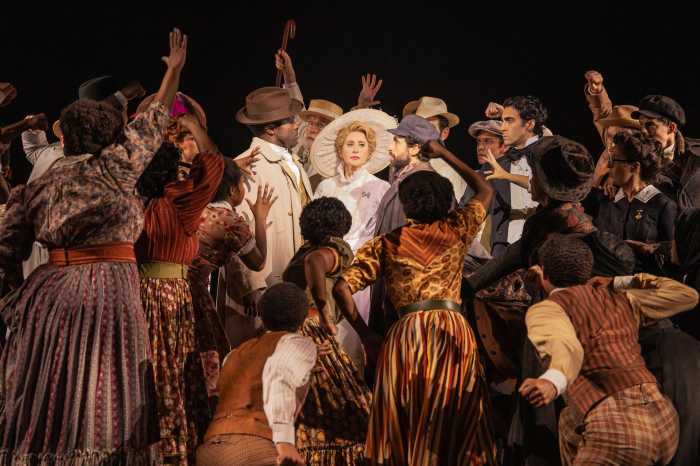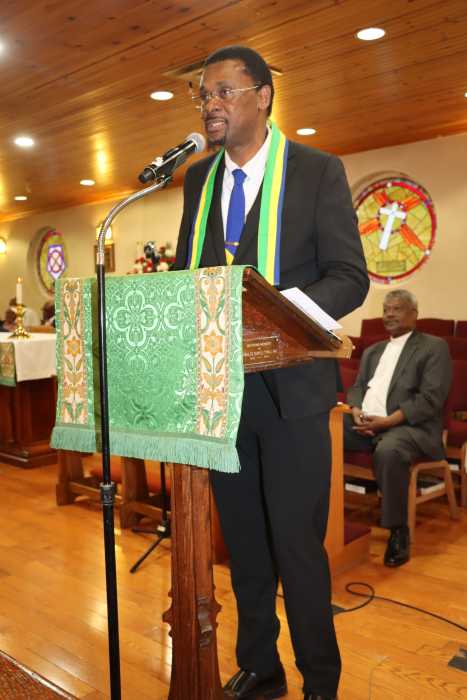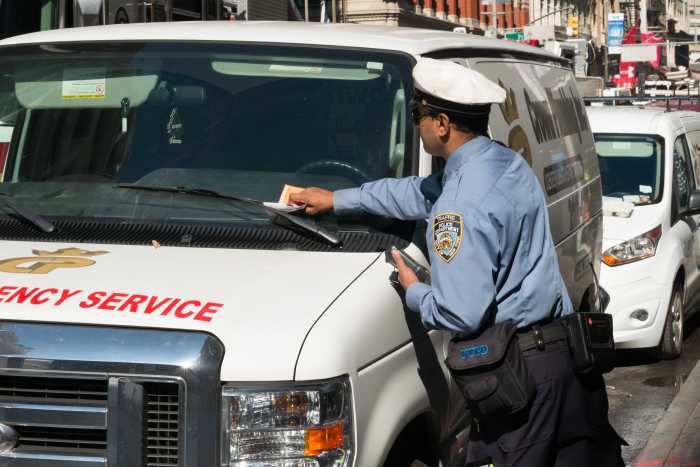An effort to preserve the history of Carroll Gardens is being criticized for actually hastening the neighborhood’s gentrification, said opponents of a controversial city initiative to widen the area’s historic district.
“They just want to re-gentrify and force out whatever elements from the past are left,” said lifelong area resident and businessman John Esposito, who helped form Citizens Against Landmarks to thwart the Landmarks Preservation Commission’s nascent effort to extend historic protections to a larger segment of the brownstone neighborhood.
Esposito and others don’t feel protected — they feel threatened.
The landmarking agency is only in the earliest phase of studying an extension to the existing district, according to spokeswoman Lisi de Bourbon.
But that’s the problem, said resident Mike Cassidy, who said an expanded district will bring an undue burden on homeowners, who would be required to win the approval from Landmarks for every exterior improvement done on their property.
“This viability study worries us,” Cassidy said. “They’ll do the viability study, and then they’ll ram it down our throats.”
Opponents have set up a Web site, carrollgardensresidents.wordpress.com, and hope “to get [Landmarks] to recognize that not everyone is thrilled,” he said.
Currently, the 37-year-old historic district includes 149 buildings in a surprisingly small area bounded by President, Carroll, Smith and Hoyt streets. While the neighborhood was last year rezoned to discourage oversized growth, supporters of the landmarking initiative say it adds a layer of additional protection an area particularly besieged by overdevelopment during the decade’s last building boom.
The agency will examine 50–60 blocks, and insiders expect that about half of that might be deemed viable. The entire process can take years from the viability study to actual creation of the district.
Glenn Kelly, co-chairman of the Carroll Gardens Neighborhood Association, favors the expansion.
“There are some who don’t, or can’t see past the negatives — and yes, there are some negatives. It’s a bit more of a hassle when you have to make repairs to the front of your house.”
And Kelly should know — he lives on landmarked Carroll Street.
“Yes, it’s cost me more money, but I want to leave my house better than I found it — and I’m not going to mess it up just to save a few bucks.”
One reason to expand the Carroll Gardens Historic District is that its boundaries do not actually include some of the blocks with wide front gardens that actually give the neighborhood its name, said Bob Furman, founder of the Brooklyn Preservation Council.
“It’s always been a contradiction,” Furman said.
Councilman Brad Lander (D-Park Slope) also supports the landmarking extension.
“I think that landmarks and historic districts can be a good deal for preserving the character of a neighborhood so I’m glad they decided to do a viability study — but one critical element is neighborhood support,” he said.
Lander admitted that historic districts can lead to higher costs, people generally find that it’s not a “significant” burden.
Esposito called Lander’s position “arrogant.”
“His constituents aren’t just the upper class, they’re the people who built this neighborhood,” he said. “They just want to force [us] out.”



